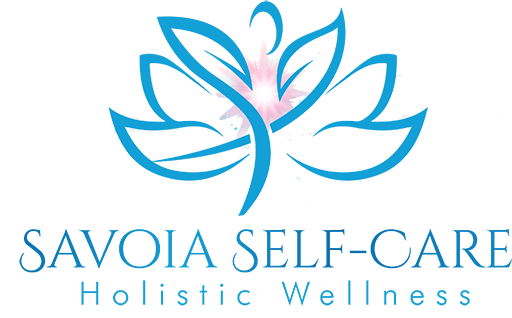Breathing Happiness
Happy Sunday!
What are your self-care Sunday plans? Yoga is such a powerful practice. Yoga teaches you how to find balance, build strength, flexibility, and concentration, but most importantly, surrendering to the present moment by focusing on the breath! Check out the details on my Instagram or Facebook.
Gratitude and appreciation are core positive psychology practices that have been shown to boost physical, mental, and emotional health.
🙏🏽 Gratitude Practice 🙏🏽
As part of your morning routine, I invite you to consider 3 things that you’re grateful for today?
🌸 ====== 🌸
How to feel happy using your breath?
According to Harvard Medical School, deep breathing stimulates the parasympathetic nervous system, which guides the body from stress to relaxation. By training ourselves to breathe slowly and deeply in our everyday life, we aim to relax the body, be present and think clearly. The way to happiness is to simply breathe and relax. Deep breathing can take us into the parasympathetic nervous system, to rest-and-digest leading to happy stress free emotions. This is an amazing tool to consciously impact the autonomic nervous system.
For anyone, who wants to try out the impact of simple breathing practices, I invite you to join the monthly online New Moon Breathwork Experience and be part of the breathwork revolution. Purchase your tickets here.
In the book, The Art of Happiness: A Handbook for Living, the Dalai Lama, a very wise and happy man suggests that true happiness can be attained only by training the mind.
Practicing mindfulness and breathwork is as much physical as it is mental. Paying attention to your body can help you stay calm in stressful moments. This is called anchoring, noticing your physical experience rather than avoiding it. The next time you’re feeling overwhelmed, take a deep breath and focus on how it feels to have your lungs fill and then empty of air. This gives your body a break from your mind’s chatter and a chance to regulate after amping up in response to a perceived threat. When we’re in distress for example, thinking we’re going to mess up a big presentation we psych ourselves out. Taking a breath can make you more aware of your surroundings and less gullible to falsehoods. A brief moment is all you need to remind yourself that you can handle what is thrown at you.
Check out my amazing podcast “Everything YOU Need To Know About Melatonin: Beyond A Sleep Aid” #53 on the Self-Care Goddess Podcast.
How can mindfulness and breathwork be encouraged at the workplace? The Forbes Coaches Council (2018) have put forward 14 suggestions of ways to encourage mindfulness in the workplace.
- Lead by example –Take the time to practice mindfulness and breathwork yourself at work, and you will encourage others to do so.
- Give people time to dream – Cultivating a sense of peace through breathwork can lead to ideas that are beneficial and potentially revenue raising.
- Look at your response from another’s point of view – This involves making sure you are clear, calm and confident when sending an email, making a phone call, or beginning a meeting.
- Ask challenging questions – Challenge employees to act and think.
- Get up and take a break – Step away from the desk. Look away from the computer.
- Teach people how to practice breathwork – This can also raise the overall level of consciousness in the workplace.
- Remember to breathe.
- Notice the little things around you – Appreciating seemingly minor events or stimuli is one way to encourage mindfulness.
- Lead with emotional connection – Be emotionally present and address emotional blocks to fully understand the reality of others and develop an emotional alliance in order to help people overcome challenged.
- Allow ‘gap time’ between meetings – To encourage mindfulness, put a short break in between scheduled meetings. It only needs to be 5 – 10 minutes, but the ‘gap’ will help employees to increase focus, be more productive, and have greater wellbeing.
- Slow down and block “unscheduled” time for yourself – Slowing down is the best thing to do in order to foster mindfulness.
- Don’t be a ‘micro manager’ – Be aware of the fact that stress is a major block to mindfulness, and that micro-management is one of the biggest sources of stress in the workplace.
- Incorporate mindfulness and breathwork into meetings – At the beginning of a meeting, allow a couple of minutes to engage in contemplative practice: meditate, set intentions, and take a few deep breaths.
- Start a conversation about mindfulness and breathwork.
I invite you to watch my wellness video “Yoga is a Lifestyle”
The notion of mindfulness and breathwork may be overwhelming if people are not informed about it. An effective thing to do would be to encourage team members to share which techniques work for them with other employees who may struggle with the concept of being mindful.

I am a certified Breathwork Facilitator. Connect With Me to know more on the amazing power of breathwork and learn some breathwork techniques than can help you better manage yourself.
References:

